Preserving Leftover Wine: Tips and Techniques for Enjoying Every Last Drop.
- 2023-01-07 05:00:00
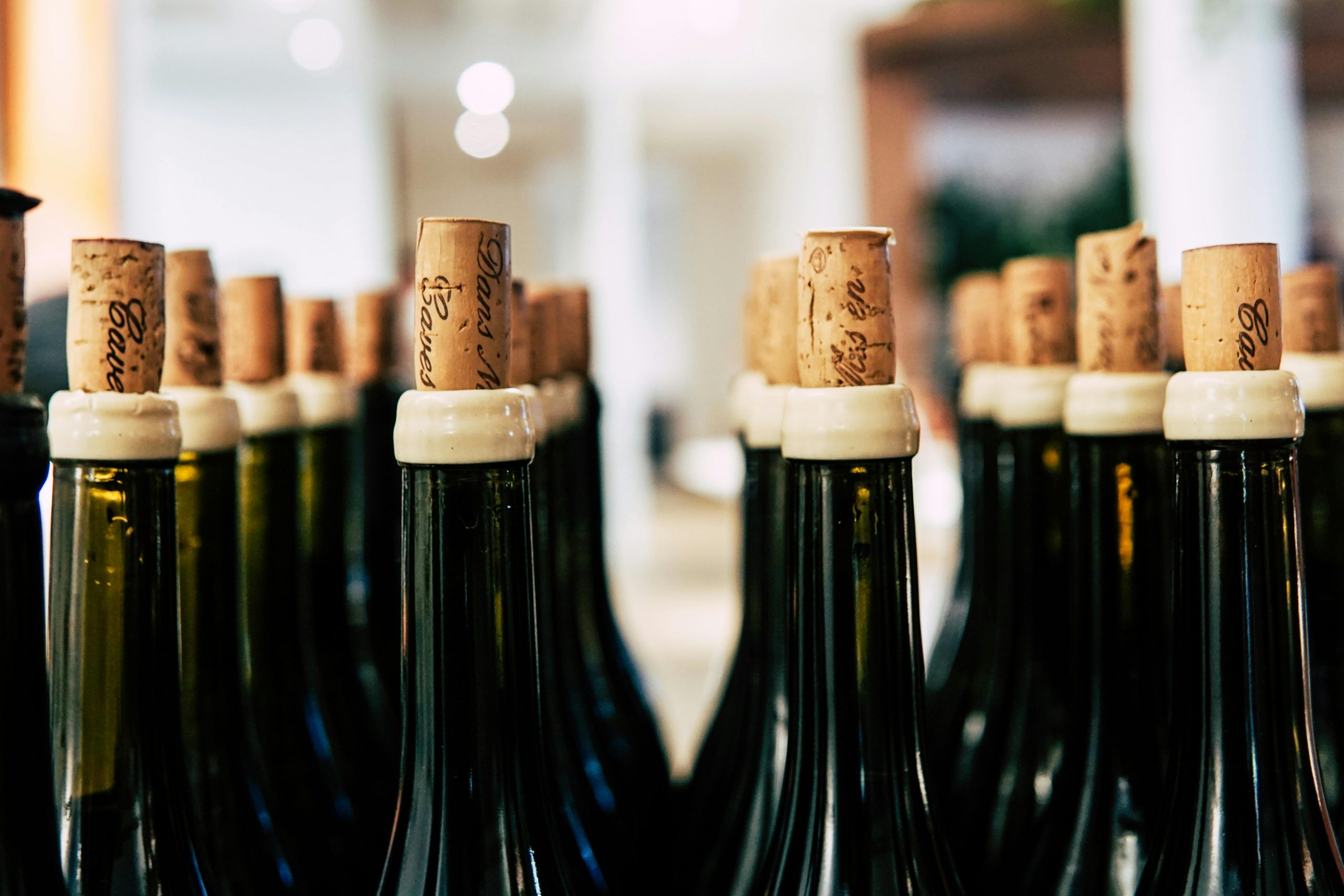
Leftover wine is a common occurrence, whether you've opened a bottle for a special occasion or simply want to enjoy a glass without finishing the entire bottle. Fortunately, there are several effective methods for preserving wine and extending its freshness and flavor for future enjoyment. From simple techniques to specialized tools, let's explore the best ways to preserve leftover wine and make the most of every sip.
- Re-Corking or Recapping: The simplest and most accessible way to preserve leftover wine is to re-cork or recap the bottle tightly to minimize exposure to oxygen. Oxygen is the primary culprit behind wine oxidation, which can lead to loss of freshness and flavor over time. Ensure that the cork or cap is inserted securely to create a tight seal and prevent air from entering the bottle.
- Refrigeration: Storing leftover wine in the refrigerator can help slow down the oxidation process and preserve its freshness for a longer period. White wines, rosés, and sparkling wines should be refrigerated after opening to maintain their crispness and vibrancy, while red wines can also benefit from a brief stint in the fridge to prolong their shelf life. Remember to bring the wine back to room temperature before serving to fully appreciate its flavors and aromas.
- Wine Preserving Tools: Several specialized wine preserving tools and gadgets are available on the market to help extend the shelf life of leftover wine. Vacuum pumps, such as a wine vacuum pump or wine saver, work by removing air from the bottle and creating a vacuum seal to prevent oxidation. Gas-based systems, such as argon or nitrogen wine preservers, form a protective layer of gas over the wine to inhibit oxidation and maintain freshness. These tools can be particularly useful for preserving high-quality or expensive wines that you want to enjoy over multiple sittings.
- Transfer to Smaller Containers: Transferring leftover wine to smaller containers can help minimize its exposure to oxygen and prolong its freshness. Use clean, empty wine bottles or smaller glass containers with airtight seals to store the wine, filling them as full as possible to reduce the amount of air in the bottle. Alternatively, consider investing in single-serve wine bottles or pouches designed for individual servings, which eliminate the need for re-corking or recapping and ensure optimal freshness with each pour.
- Freezing: While not suitable for all wines, freezing leftover wine can be an effective way to preserve it for cooking or future use in cocktails or wine-based recipes. Pour the leftover wine into ice cube trays and freeze it until solid, then transfer the wine cubes to a resealable freezer bag for storage. Frozen wine cubes can be added directly to sauces, stews, or sangrias, infusing them with flavor and complexity without diluting the dish.
- Use it in Cooking: If you find yourself with leftover wine that you're unable to preserve or consume before it spoils, consider using it in cooking to avoid waste. Wine can add depth, flavor, and acidity to a wide range of dishes, from sauces and marinades to soups and desserts. Experiment with different recipes and cooking techniques to make the most of your leftover wine and enhance the flavor of your favorite dishes.
In conclusion, preserving leftover wine is a simple yet essential practice that allows you to extend the enjoyment of your favorite wines and minimize waste. By re-corking or recapping the bottle, refrigerating the wine, using specialized wine preserving tools, transferring it to smaller containers, freezing it for future use, or incorporating it into cooking, you can make the most of every sip and savor the flavor of your favorite wines for days or even weeks to come. Cheers to enjoying wine to the last drop!
Richard Parker, California
-
Recent Posts
-

Tequila, the elixir of agave, transcends mere libation to become a symphony of science, art, and alchemy. Join us on an expedition through the intricate world of tequila, where molecules mingle, flavors...
-
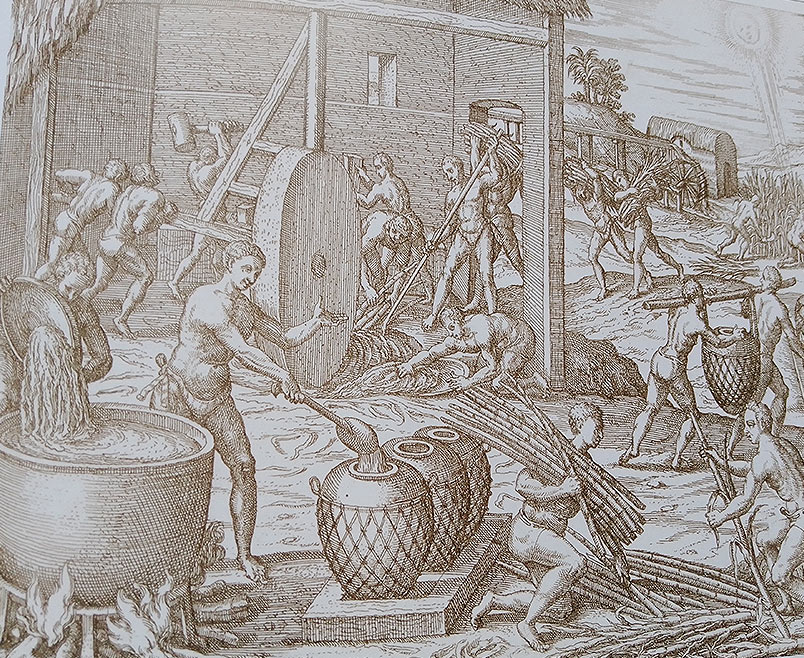
Rum, with its rich flavors and storied past, has woven itself into the tapestry of cultures and traditions around the world. From its origins in the sugarcane fields of the Caribbean to...
-
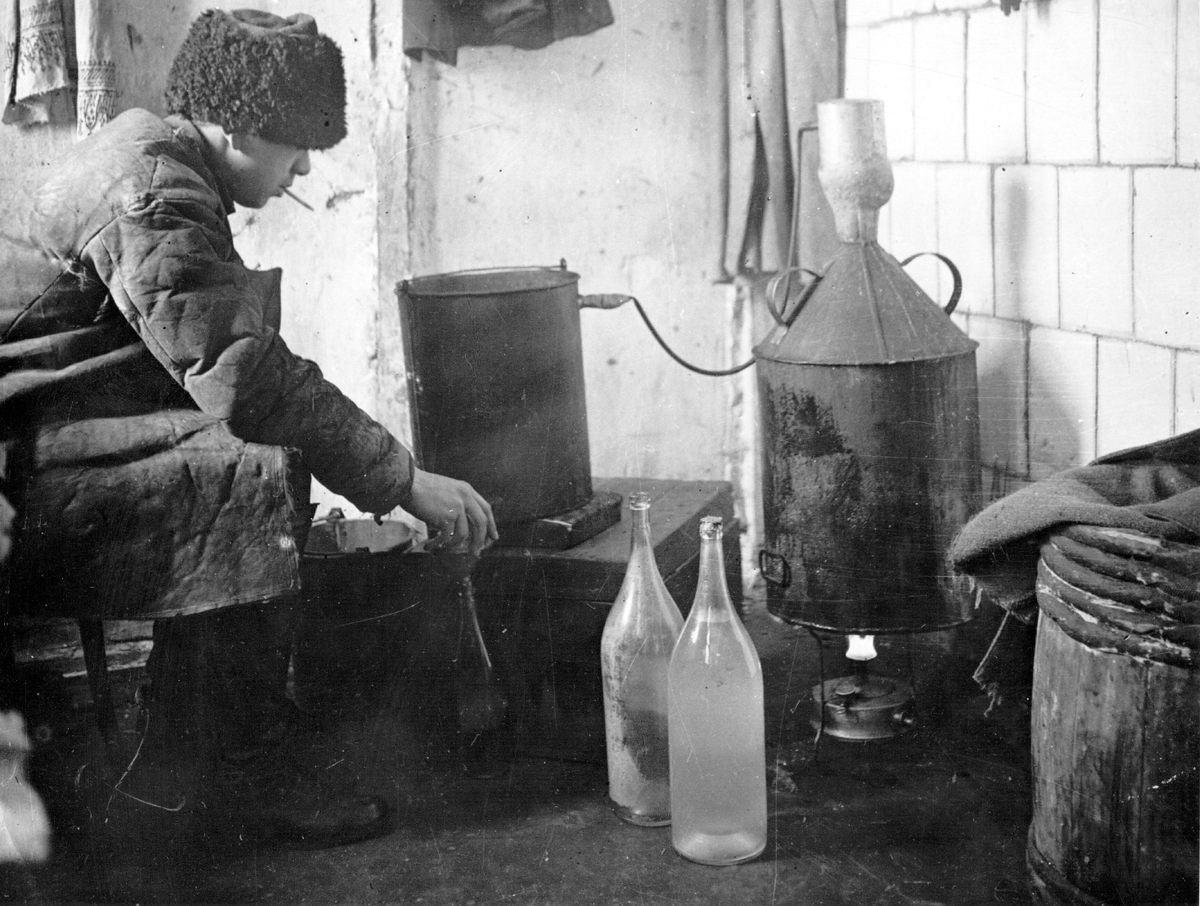
Vodka, with its clear, pure appearance and versatile nature, has a history as fascinating and diverse as the cultures that have embraced it. From its mysterious origins in Eastern Europe to its...
-

Whisky, with its complex flavors and rich heritage, has captured the hearts and palates of people around the world for centuries. From its humble beginnings in ancient civilizations to its global prominence...
-
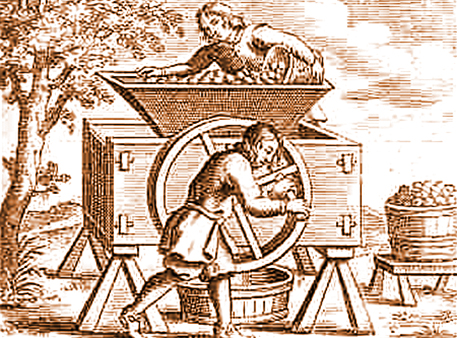
Cider, with its crisp and refreshing taste, has a history as rich and diverse as the apples from which it's made. From its ancient roots to its modern resurgence, cider has been...
-
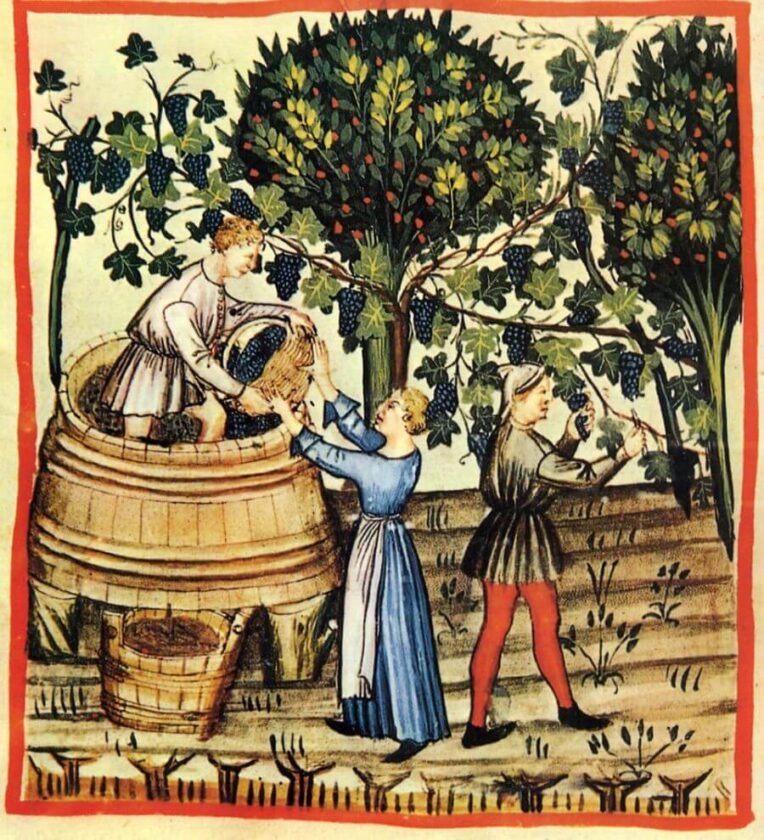
Wine, with its rich tapestry of flavors, aromas, and cultural significance, has been an integral part of human history for millennia. From its humble origins in ancient Mesopotamia to its global prominence...
-
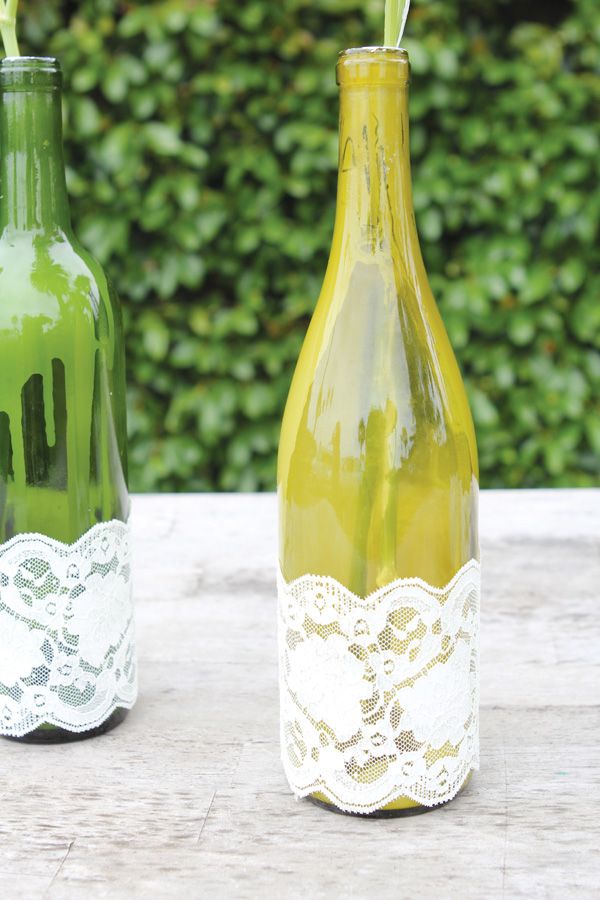
Wine isn't just for drinking—it's also a versatile and inspiring medium for crafting and décor. Whether you're looking to add a touch of wine-inspired charm to your home or seeking unique gift...
-
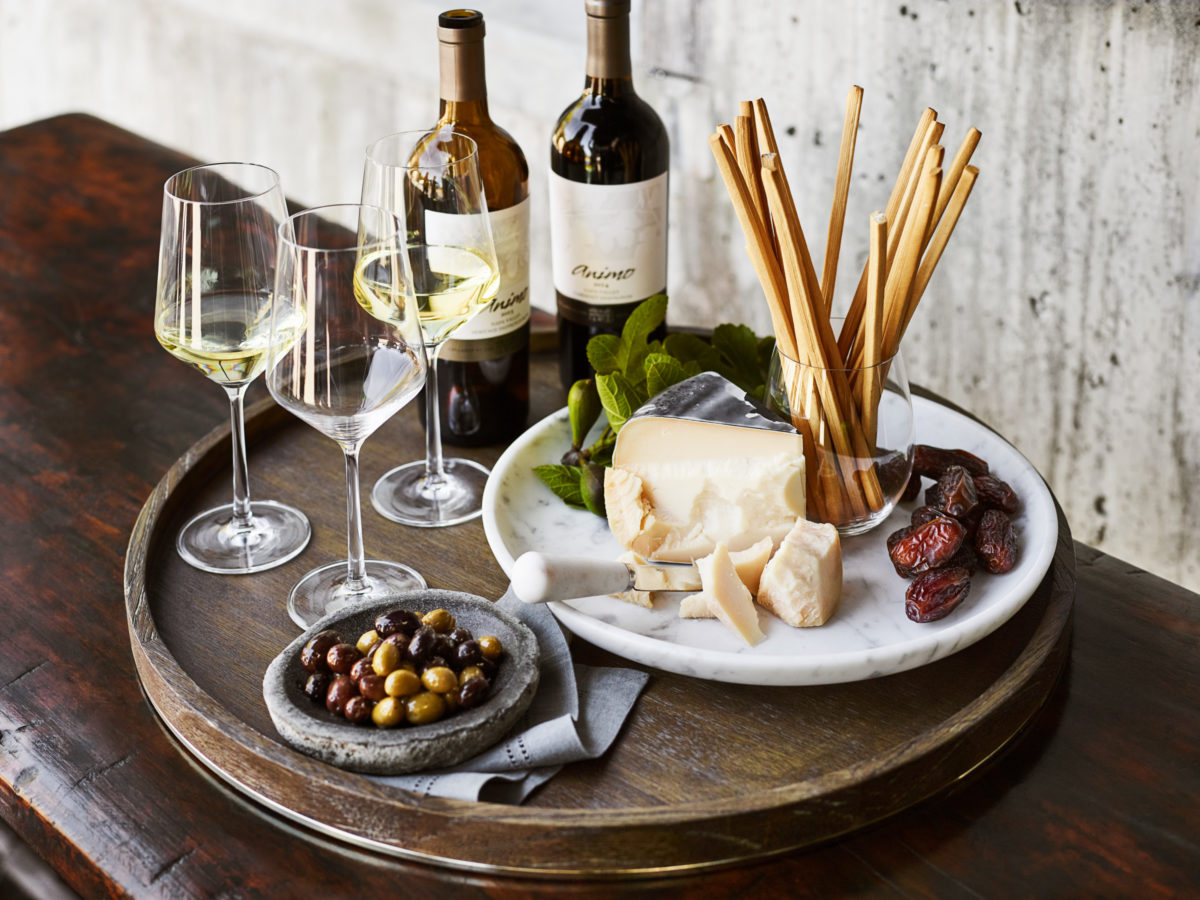
There's no better way to explore the world of wine than by gathering friends and loved ones for a wine tasting party. Whether you're a seasoned oenophile or a curious novice, hosting...
-
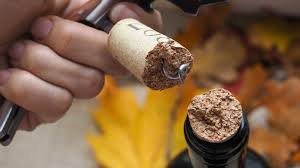
Wine, with its complexity and nuance, is a beverage cherished for its ability to delight the senses and evoke a myriad of flavors and aromas. However, like any agricultural product, wine is...
-
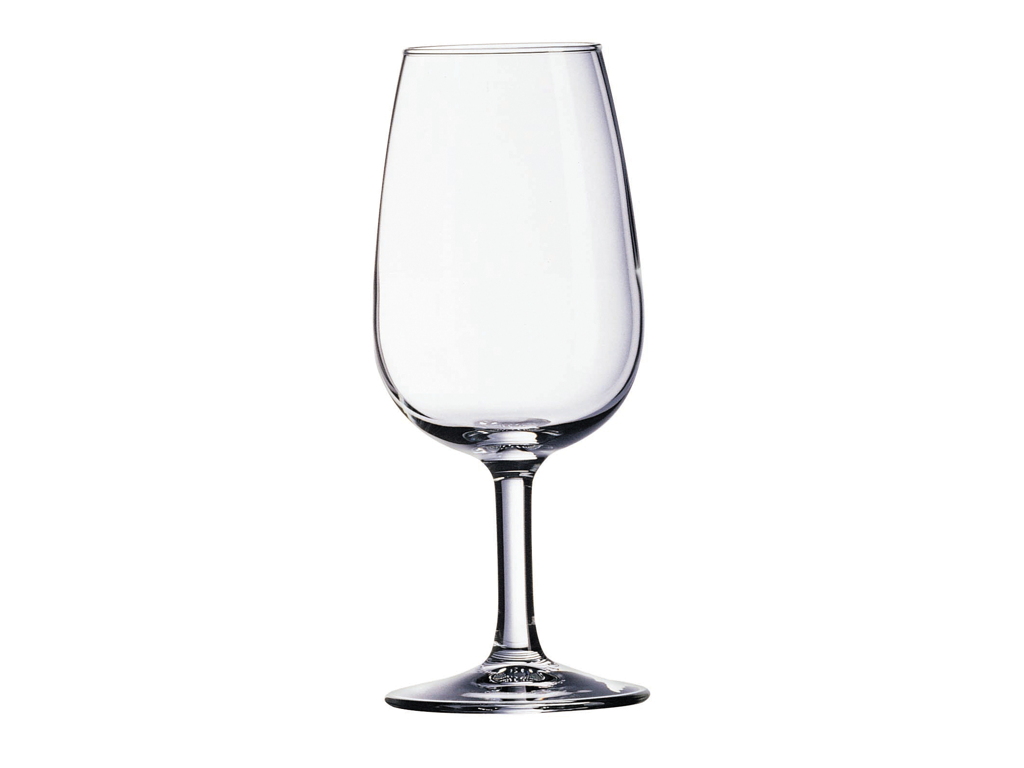
Selecting the right wine glass can significantly enhance your enjoyment and appreciation of wine, allowing you to fully experience its aromas, flavors, and nuances. With a wide array of shapes, sizes, and...
-
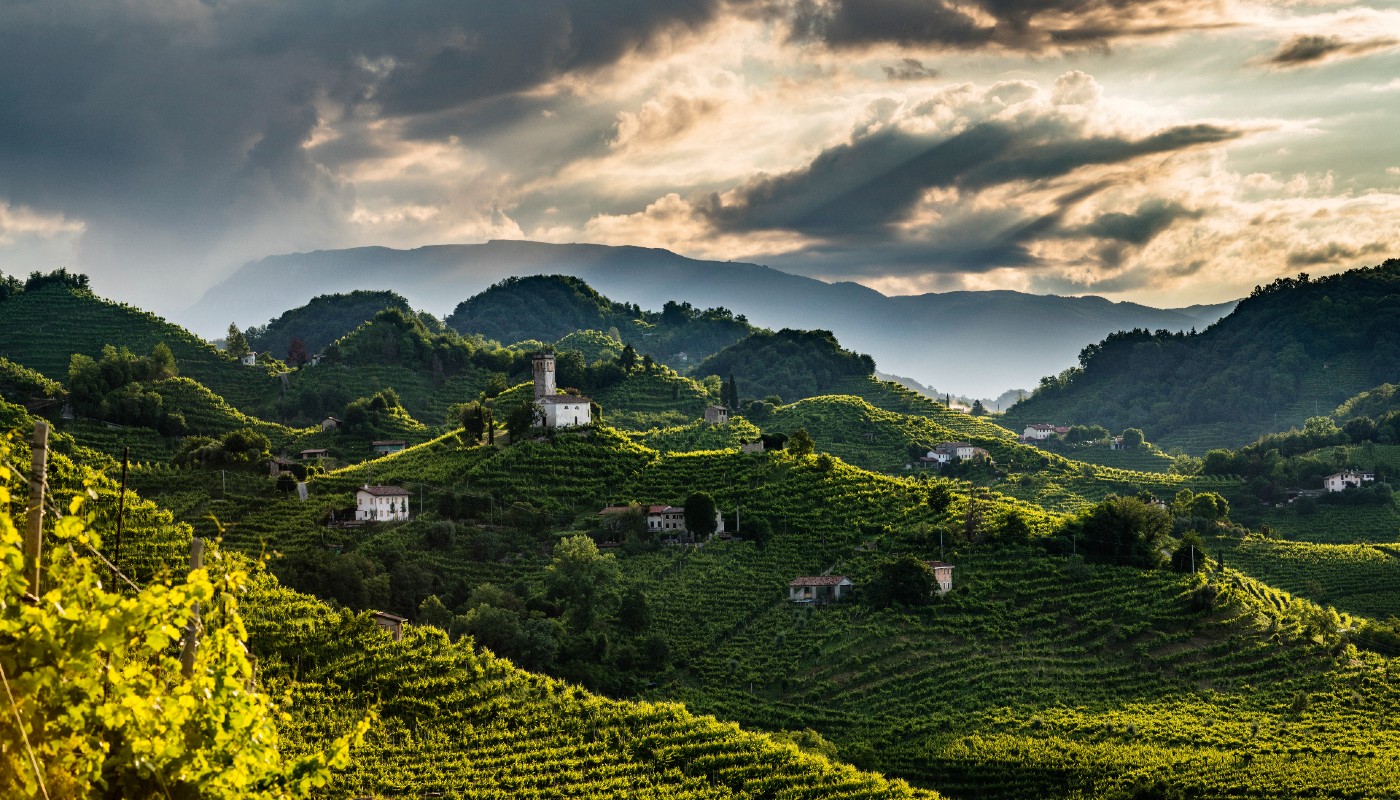
Nestled in the picturesque hills of the Veneto region in northeastern Italy lies the charming town of Conegliano, renowned as the birthplace of Prosecco and the epicenter of Italy's thriving sparkling wine...
-
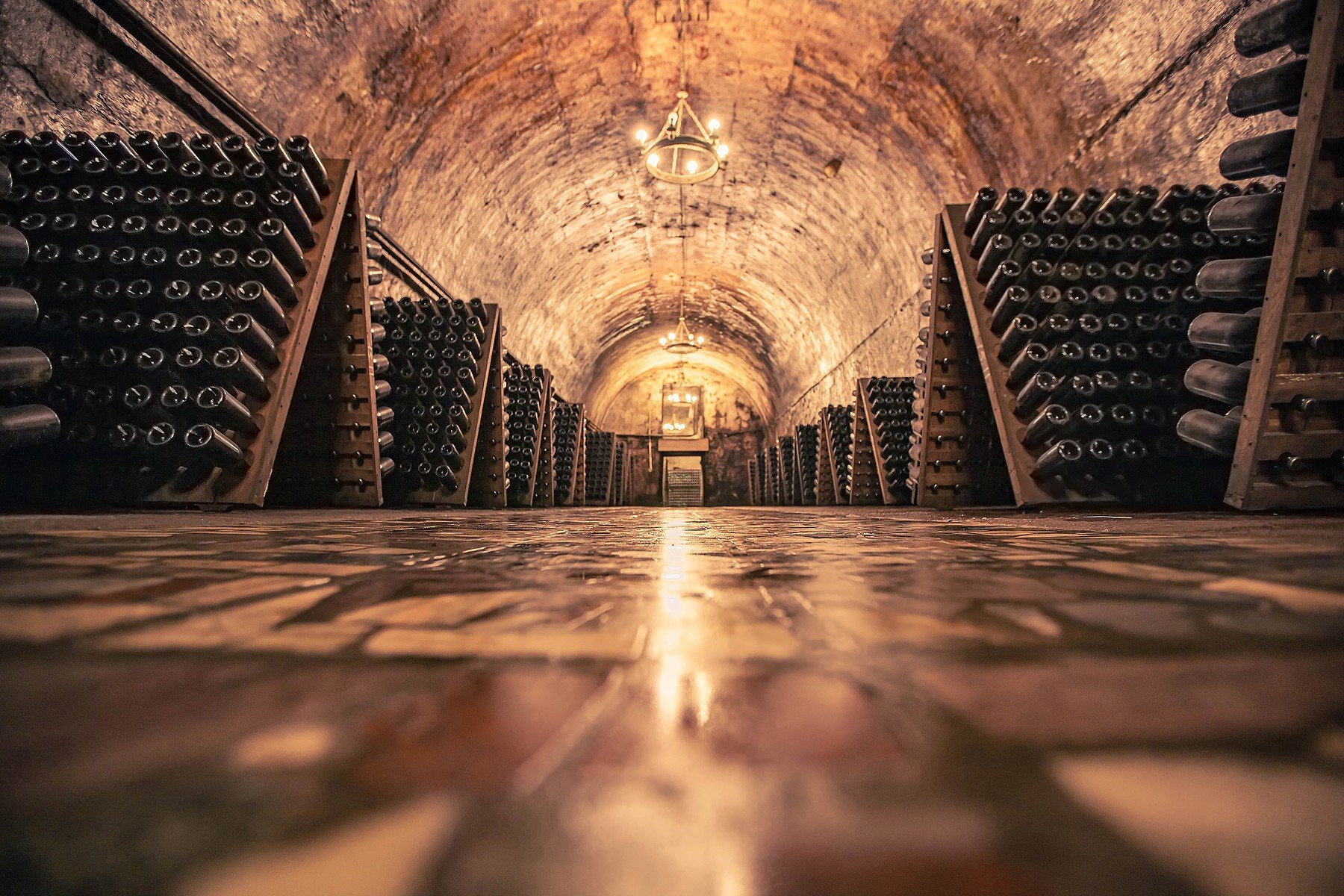
Champagne, the quintessential sparkling wine synonymous with celebration and luxury, is crafted through a meticulous and time-honored winemaking method known as the Méthode Champenoise. From grape to glass, the journey of Champagne...